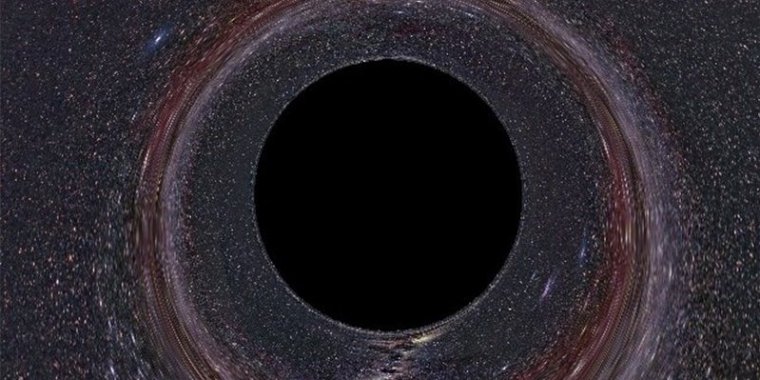| News / Space News |
Astronomers Find Closest Star to A Black Hole
Astronomers have found a star that whips around a black hole about twice an hour.

Astronomers Find Closest Star to A Black Hole. ![]()
That’s a very close orbit, possibly the tightest orbital dance ever witnessed for a star and black hole.
The system is located some 14,800 light-years from Earth in 47 Tucanae, one of the dense symmetrical globular clusters associated with our Milky Way galaxy.
The black-hole-and-star system is known as X9. New data from the Chandra X-ray Observatory shows that it changes in X-ray brightness every 28 minutes, making it likely the companion star makes one complete orbit around the black hole in this amount of time.
Chandra data also shows evidence for large amounts of oxygen in the system, a characteristic of white dwarfs.
A strong case can, therefore, be made that that the companion star is a white dwarf, which would then be orbiting the black hole at only about 2.5 times the separation between the Earth and the moon. (Tasnim News Agency)
YOU MAY ALSO LIKE




